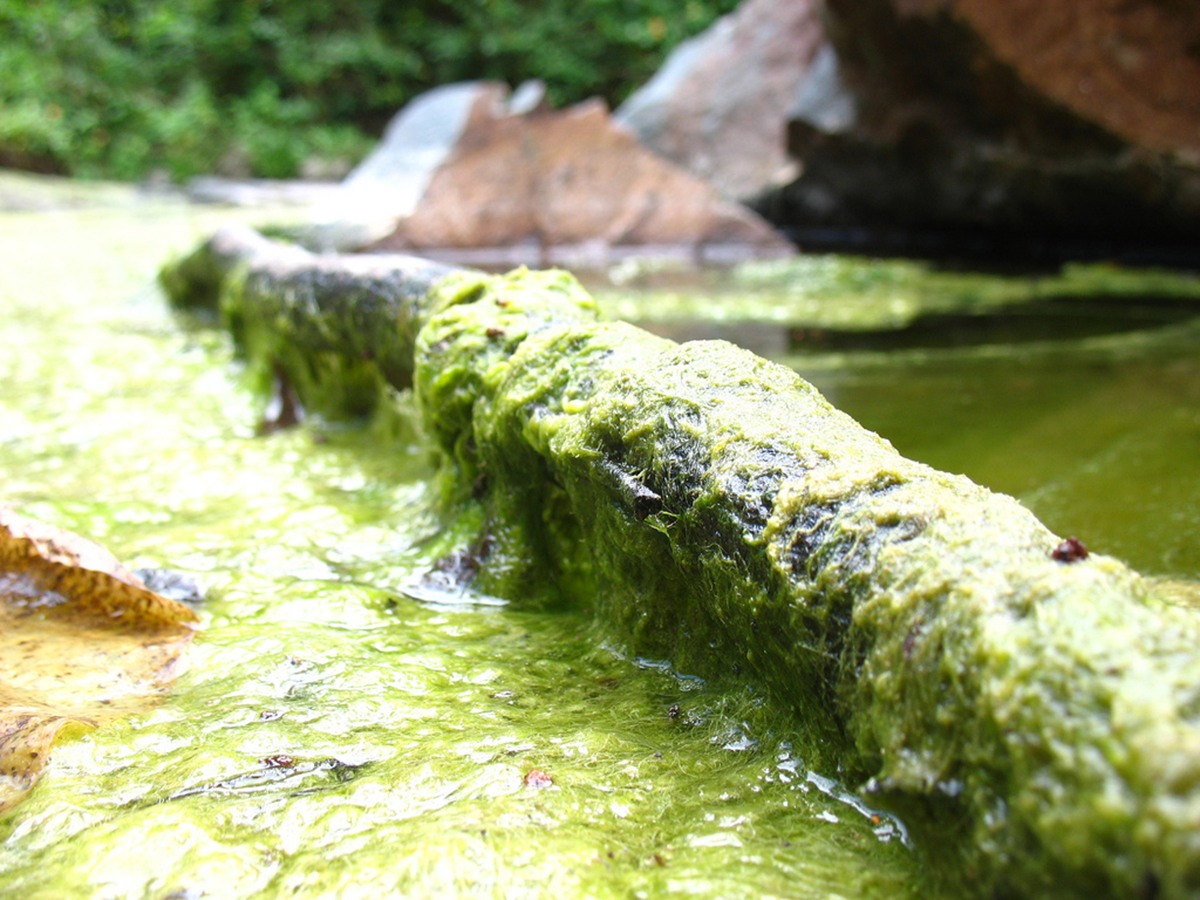Table of Contents
The alarming reality of BMAA toxicity is not just that exposure to the toxin has caused whole generations to get sick on Guam and that the toxin may play a role in up to 1,000,000 cases of ALS, Alzheimer's, Parkinson's disease, supranuclear palsy, and other degenerative brain diseases in the UK. Even more alarming is the fact that a number of common foods can be contaminated with the toxin.
- On Guam, the toxin in cycad seeds was 10,000 times more concentrated in bat meat than in the cycad seeds the bats ate, but it was also concentrated in the flesh of other animals that fed on the seeds, including pigs and deer. The Guamanians also used the seeds to make flour for tortillas, compounding the problem.

- A large variety of marine bacteria produce BMAA, which is concentrated in plankton, and concentrated some more in tiny crustaceans that eat the plankton, and concentrated still more in animals that eat the baby shrimp and the animals that eat them. Predator fish such as sharks accumulate toxic amounts of BMAA, especially in their fins, making shark fin soup a deadly dish to eat on a regular basis.
- "Bottom feeding" animals that live in waters filled with sediment are apt to accumulate BMAA. The poison has been detected in mussels and oysters in France and Spain, and it can also accumulate in fresh-water catfish.
- Simply living around a lake where BMAA-producing bacteria grow may be associated with the disease. This seems to be the case in Britain, where 12 clusters of ALS have been identified around lakes and reservoirs, and in New Hampshire in the United States, where there is a concentration of ALS patients around Mascoma Lake, a rural area just 10 miles from Dartmouth Medical School, and even in Canada, where at least two cases have been identified in Toronto.
READ Is it Alzheimer or is it Low Blood Level of Vitamin B12?
How can you avoid BMAA and avoid the brain diseases it causes?
The obvious answer is to avoid fruit-bat stew. However, no matter how you consume BMAA, whether it is in contaminated sea food, certain toxic plants almost never consumed outside the western Pacific, or in drinking water, it accumulates in the brain. The way to deal with the problem is to make sure you get enough of another amino acid that "crowds out" BMAA so it does not build up in brain tissue.
That amino acid is L-serine. Holistically oriented physicians have been recommending L-serine supplements for their Alzheimer's patients for years. If you regularly eat sea food, or if you live near a lake that accumulates slime in the summer, or if your city gets its water from a lake that is smelly in the summer or when the seasons change (and changes in water temperature bring sediments to the surface), then it's probably a good idea to add L-serine to your nutritional supplement routine. Foods that are especially good sources of serine include egg whites, soy and "soy nuts," sesame seeds, sunflower seeds, Parmesan cheese, and, ironically, Atlantic cod. Since BMAA acts as an exitotoxin, it also should also help to avoid amplifying its effects by avoiding aspartame (Nutrasweet).
- Cox PA, Davis DA, Mash DC, Metcalf JS, Banack SA. Dietary exposure to an environmental toxin triggers neurofibrillary tangles and amyloid deposits in the brain. Proc Biol Sci. 2016 Jan 27. 283(1823). pii: 20152397. doi: 10.1098/rspb.2015.2397. PMID: 26791617.
- Photo courtesy of Smabs Sputzer: www.flickr.com/photos/10413717@N08/4355024802/
- Photo courtesy of orinrobertjohn: www.flickr.com/photos/orinrobertjohn/155468631


Your thoughts on this